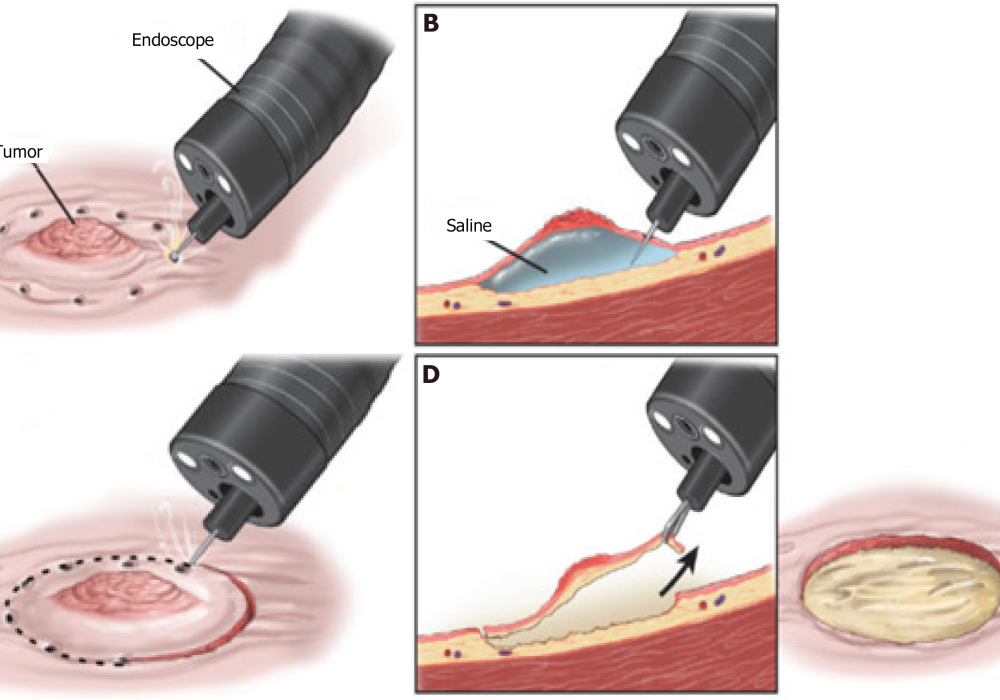Third space Endoscopy

Heart care
Third-space endoscopy refers to a specialised set of endoscopic procedures performed within the submucosal layer of the gastrointestinal (GI) tract[1]. These procedures involve accessing the “third space,” the potential space within the GI wall, to reach deeper layers of the organs without disrupting the mucosal lining.
One of the key procedures within the realm of third-space endoscopy is the peroral endoscopic myotomy (POEM), among the pioneering techniques in this field. POEM has shown effectiveness in treating motility disorders of the oesophagus, such as achalasia, diffuse oesophagal spasm, jackhammer oesophagus, and esophagogastric junction outlet obstruction (EGJOO).
Furthermore, third-space endoscopy includes procedures like endoscopic submucosal dissection (ESD) and submucosal tunnelling endoscopic resection (STER), which are utilized for the treatment of early gastrointestinal cancers.
These innovative techniques in third-space endoscopy have expanded the treatment options for various gastrointestinal conditions by enabling minimally invasive procedures that target specific areas within the GI wall, providing new avenues for diagnosis and treatment.
These procedures are performed to:
- Treat motility disorders (like achalasia and gastroparesis).
- Remove submucosal tumors.
- Resect early-stage cancers of the gastrointestinal tract.
- Treat Zenker's diverticulum.
Traditional endoscopy primarily examines the mucosal layer (inner lining) of the GI tract. Third space endoscopy goes beyond that, creating a tunnel within the submucosal layer to access and treat deeper tissues.
- Preparation varies depending on the specific procedure, but generally includes:
- Fasting.
- Bowel preparation (for lower GI procedures).
- Adjusting or stopping certain medications.
- Discussing medical history and allergies with the doctor.
Post-procedure care varies, but may include:
- Hospital stay for observation.
- Dietary restrictions.
- Pain management.
- Follow-up appointments.
Benefits include:
- Minimally invasive approach.
- Reduced recovery time compared to surgery.
- Lower risk of complications compared to surgery.
- Improved quality of life for patients with certain conditions.

